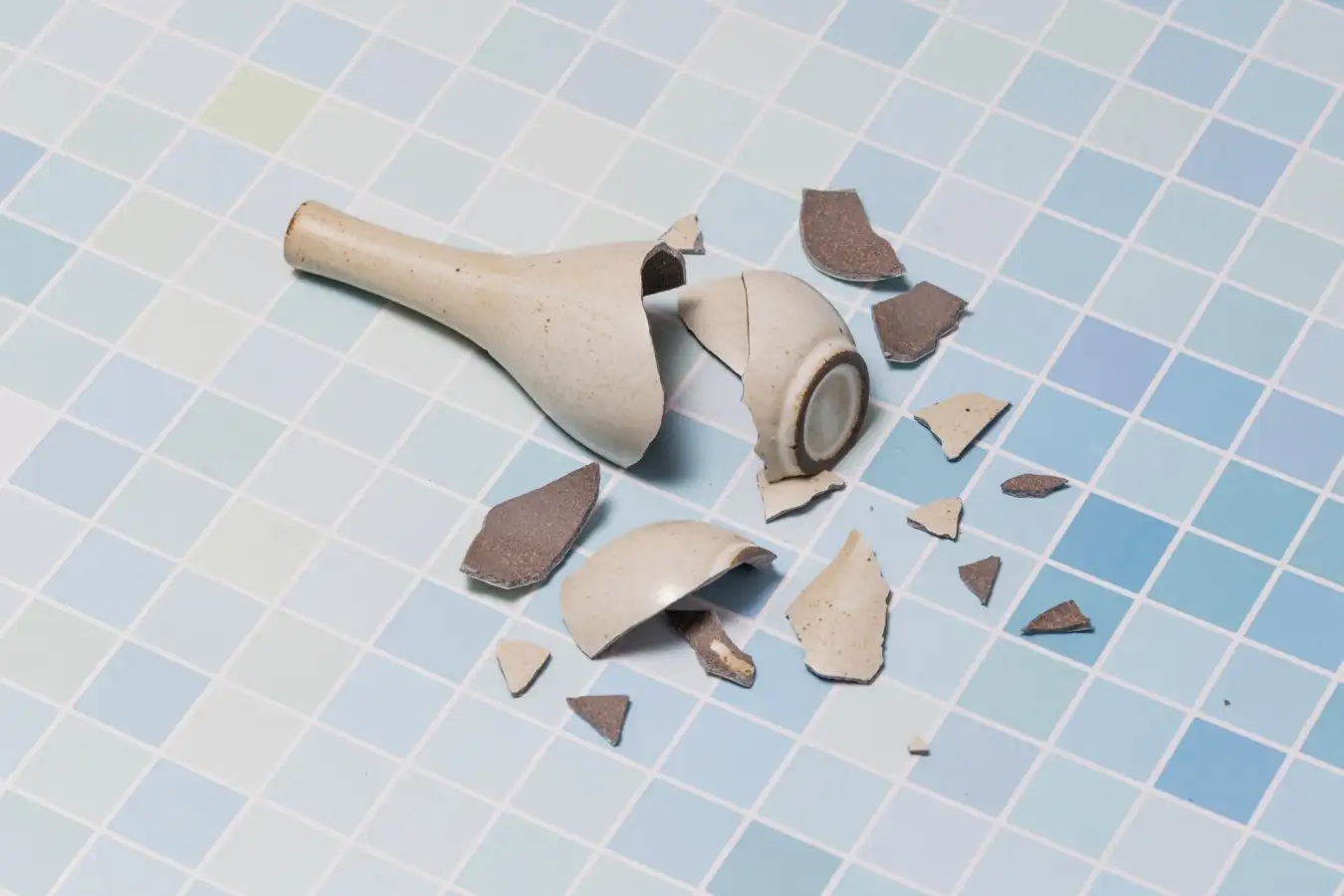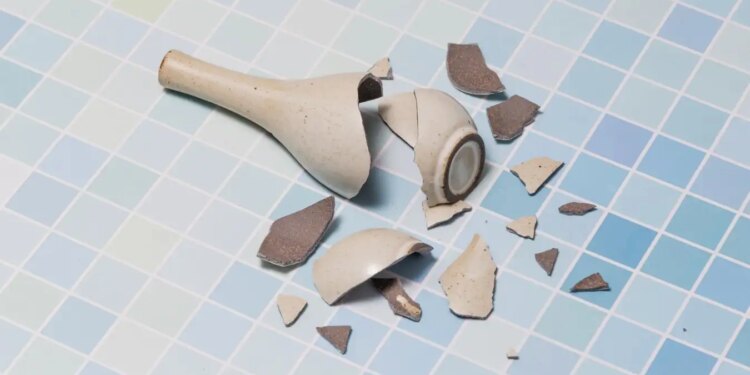
How many pieces will a dropped vase shatter into?
Imaginechina Limited / Alamy
A dropped plate, a smashed sugar cube and a broken drinking glass all seem to follow the same law of physics when it comes to how many fragments of a given size they will shatter into.
For several decades, researchers have known that there is something universal about the process of fragmentation, when an object breaks into many parts when dropped or smashed. If you counted how many fragments existed at each possible size and made a graph of that distribution, it would have the same shape regardless of the object that shattered. Emmanuel Villermaux at Aix-Marseille University in France has now derived an equation that explains that shape, effectively formulating a universal law for how objects break.
Instead of focusing on the details of how cracks appear in an object before it fragments, he took a more zoomed-out approach. Villermaux considered all possible sets of fragments that an object can shatter into. Some sets would include highly specific outcomes, like a vase shattering into four equal pieces. He picked out the most probable set, the one with the highest entropy, which captured breakages that were messy and irregular. This is similar to the way many laws concerning large ensembles of particles were derived in the 19th century, he says. Additionally, Villermaux used a law of physics that describes changes in the total density of fragments when the object is shattering, which he and his colleagues had previously found.
Together, these two ingredients let him derive a simple equation predicting how many fragments of each size a breaking object should produce. To see how well it worked, Villermaux compared it with a whole slew of past experiments with shattering glass bars, dry spaghetti, plates, ceramic tubes and even plastic fragments in the ocean and waves breaking on choppy seas. Across the board, the way fragmentation showed up in each of these scenarios followed his new law, capturing the ubiquitous graph shape that researchers had seen before.
He also carried out a set of experiments where he shattered a sugar cube by dropping an object onto it from various heights. “That was a summer project with my daughters. I did this a long time ago when my children were still young and then came back to the data, because they were illustrating my point well,” says Villermaux. The equation doesn’t work in cases where there is no randomness and the fragmentation process is too regular, for example when a jet of liquid breaks up into many droplets of uniform size following deterministic laws of fluid physics, and in some cases where fragments interact with each other during shattering, he says.
Ferenc Kun at the University of Debrecen in Hungary says that because the graph shape that Villermaux’s analysis explained is so ubiquitous, it isn’t surprising that it stems from a bigger principle. At the same time, it is amazing how broadly it works and how it can be amended in some cases where there are additional constraints, such as in plastic where cracks can sometimes “heal”, he says.
Fragmentation isn’t just an interesting physics problem. Understanding it better could have real implications for how energy is spent on shattering ore in industrial mining, for example, or how we prepare for rockfalls that are increasingly happening in mountainous regions as global temperatures rise, says Kun.
Going forward, Kun says it may be interesting to consider the distribution of not just the sizes of fragments, but also their shapes. Additionally, it is an open question to determine what the smallest possible size of a fragment could be, says Villermaux.
Topics:
Source link : https://www.newscientist.com/article/2505669-physicists-have-worked-out-a-universal-law-for-how-objects-shatter/?utm_campaign=RSS%7CNSNS&utm_source=NSNS&utm_medium=RSS&utm_content=home
Author :
Publish date : 2025-11-27 18:00:00
Copyright for syndicated content belongs to the linked Source.





